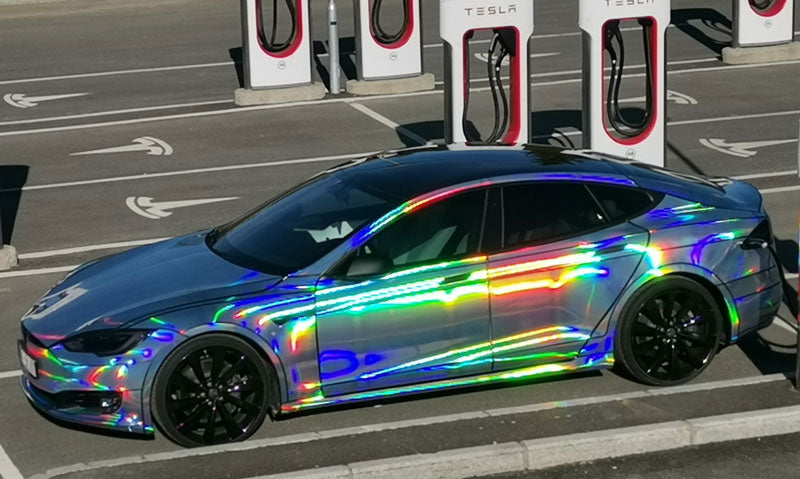In the realm of transportation innovation, one peculiar phrase has been making waves: “Honey Is a Car.” At first glance, it might seem like a nonsensical combination of words, but delve deeper, and you’ll discover a fascinating concept that could revolutionize the way we think about mobility. Imagine a world where honey, the golden nectar produced by bees, becomes a fundamental component of our vehicles. It may sound far-fetched, but there are compelling reasons why this seemingly bizarre idea could gain traction in the future.
- Sustainability: One of the most pressing issues facing the automotive industry is the need to reduce carbon emissions and lessen our reliance on fossil fuels. Traditional gasoline-powered vehicles contribute significantly to air pollution and climate change. However, honey, being a natural and renewable resource, offers a sustainable alternative. By harnessing the power of honey as a fuel source, we could significantly decrease our environmental footprint and move towards a greener transportation system.
- Energy Efficiency: Honey is renowned for its high energy density, meaning it contains a substantial amount of energy per unit volume. This makes it an excellent candidate for powering vehicles, as it can provide the necessary power while occupying minimal space. Compared to bulky batteries or cumbersome fuel tanks, honey offers a compact and efficient solution for energy storage in cars.
- Cost-Effectiveness: As concerns about rising fuel prices continue to grow, finding affordable alternatives becomes increasingly crucial. Honey, with its abundance and relatively low production costs, could offer a cost-effective solution for motorists. By switching to honey-powered vehicles, drivers could enjoy significant savings on fuel expenses over time, making transportation more accessible to all.
- Versatility: One of the most remarkable aspects of honey is its versatility. Not only can it be used as a fuel, but it also boasts a range of other applications, from food and medicine to skincare products. This versatility makes honey a multifunctional resource that could enhance the overall value proposition of vehicles powered by this unconventional fuel source.
- Local Production: Unlike conventional fossil fuels that often need to be imported from distant locations, honey can be produced locally in virtually every part of the world. This decentralization of production helps reduce dependence on foreign oil and fosters economic growth in rural communities where beekeeping thrives. By promoting local honey production, we can create a more resilient and self-sufficient transportation infrastructure.
- Clean Emissions: When burned, honey releases significantly fewer harmful emissions compared to traditional fossil fuels. This means that vehicles powered by honey could help improve air quality and reduce the health risks associated with pollution. In urban areas plagued by smog and pollution-related health issues, the adoption of honey-powered cars could lead to tangible improvements in public health and well-being.
- Innovation: Embracing “Honey Is a Car” represents a bold leap into uncharted territory, pushing the boundaries of what is possible in transportation technology. By challenging conventional wisdom and exploring unconventional solutions, we open the door to innovation and discovery. Who knows what other surprising breakthroughs may emerge as we continue to explore the potential of honey as a car fuel?
- Resilience to Supply Chain Disruptions: The global economy is vulnerable to supply chain disruptions caused by geopolitical tensions, natural disasters, and other unforeseen events. Dependence on imported fossil fuels exposes us to supply chain risks that can disrupt transportation networks and drive up prices. By transitioning to locally sourced honey as a primary fuel source, we can mitigate these risks and build a more resilient transportation infrastructure.
- Promotion of Beekeeping: Bees play a crucial role in pollinating crops and maintaining ecosystem balance, yet their populations are declining due to factors such as habitat loss, pesticide use, and climate change. By incentivizing beekeeping through the demand for honey as a fuel source, we can help support bee populations and preserve biodiversity. In doing so, we safeguard the natural resources upon which our agricultural systems and food supply depend.
- Community Engagement: The concept of “Honey Is a Car” has the potential to spark widespread public interest and engagement. It offers an opportunity to reconnect people with the natural world and foster a deeper appreciation for the resources that sustain us. Through initiatives such as community beekeeping projects and educational outreach programs, we can empower individuals to take an active role in shaping the future of transportation.
In conclusion, while the idea of “Honey Is a Car” may initially seem outlandish, it holds promise as a viable solution to many of the challenges facing the transportation industry. From sustainability and energy efficiency to cost-effectiveness and community engagement, the benefits of honey-powered vehicles are compelling. As we continue to explore innovative approaches to mobility, perhaps it’s time to embrace the sweet potential of honey as the fuel of the future.




